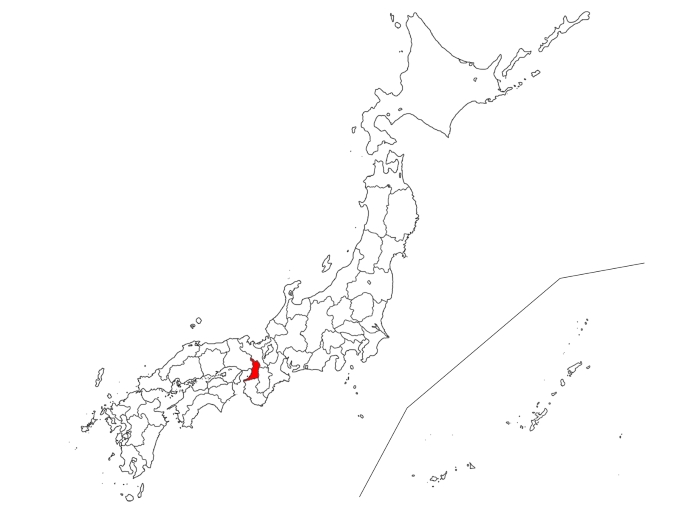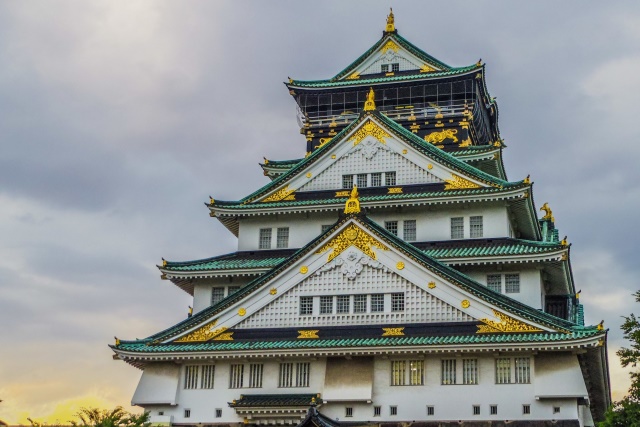Contents
1.Basic Information
In Osaka, there are many historical attractions including Osaka Castle, one of Japan’s most famous castles; Sumiyoshi Taisha, a shrine visited by 2 million people annually; and the Nintoku Emperor’s Mausoleum, one of the world’s three great tombs, comparable to the Pyramid of Khufu in Egypt and the Mausoleum of the First Qin Emperor in China.
Osaka Castle (Oosakajyo)
Built by Toyotomi Hideyoshi, Osaka Castle was once besieged and fell to Tokugawa Ieyasu. Reconstructed during the Edo period, it was later destroyed in the Meiji Restoration and came under army jurisdiction. After the war, it was rebuilt as a park and now functions as a historical museum, showcasing cultural assets related to Toyotomi Hideyoshi, Tokugawa Ieyasu, and the history of Osaka Castle.
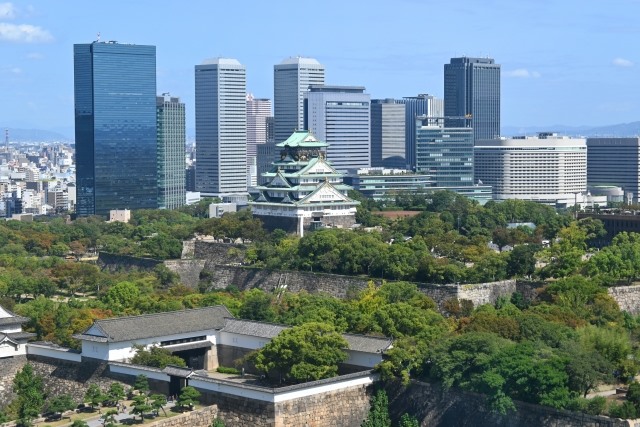
Kishiwada Castle (Kishiwadajyo)
Established by Toyotomi Hideyoshi in 1585, Kishiwada Castle has experienced various historical changes. Initially ruled by the Koide clan, it was later governed by the Okabe clan for 13 generations. Destroyed by lightning in 1827, it was rebuilt in 1954.
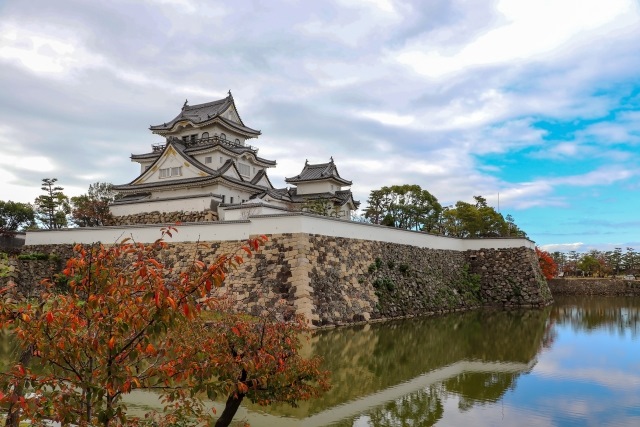
Sumiyoshi Taisha
The central shrine among all Sumiyoshi shrines nationwide, Sumiyoshi Taisha attracts approximately 2 million visitors annually. The shrine features the Sorihashi bridge, about 20 meters long, 3.6 meters high, with a maximum slope of about 48 degrees. Pilgrims believe crossing this bridge brings happiness.
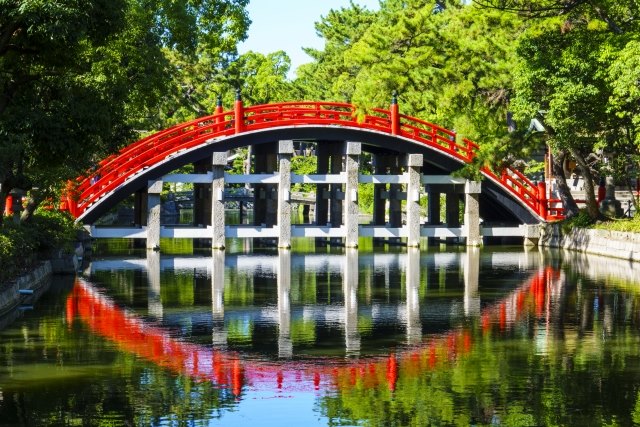
Imamiya Ebisu Shrine (Imamiyaebisujinjya)
Established in 600 by Prince Shotoku as the guardian deity of Shitennoji, this shrine is beloved as Ebbesan, the deity of business prosperity. It enshrines Ebisu, one of the Osaka Seven Gods of Fortune. A large festival is held annually from January 9 to 11.
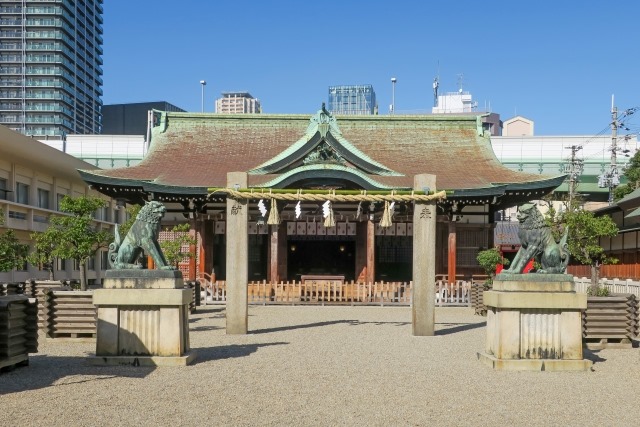
Osaka Tenmangu
Founded in 949, this shrine is dedicated to Sugawara no Michizane, the deity of learning and the arts. It marks the site where Michizane prayed before his exile to Dazaifu in Kyushu. The Tenjin Festival, one of Japan’s three major festivals, is celebrated here on July 24 and 25 each year, featuring a parade of over 3000 people in traditional attire and a fireworks display over the river with more than 3000 launches.
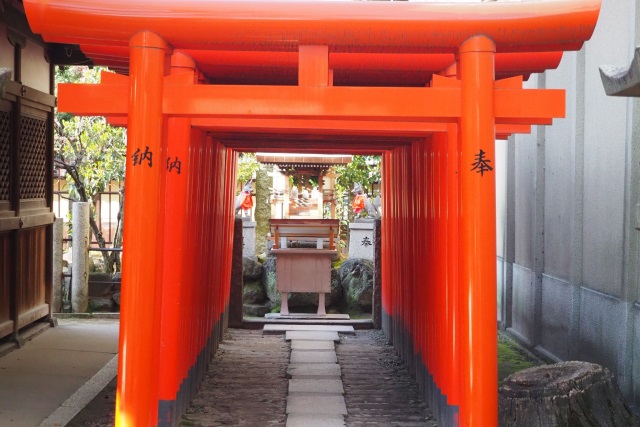
Shitennoji
Built in 593 by Prince Shotoku, this temple houses halls dedicated to various Buddhist sect founders like Saicho, Kukai, Honen, and Shinran. Its treasure house contains many national treasures and important cultural properties. Monthly fairs on the 21st and 22nd feature religious ceremonies and numerous stalls.
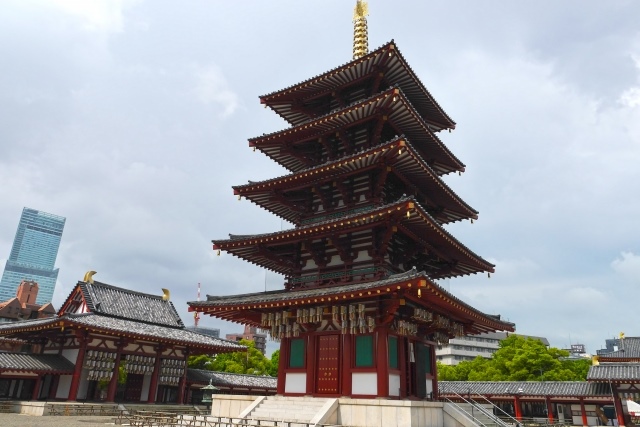
Nintoku Emperor’s Mausoleum (Nintokutennouryoukohun)
Japan’s largest keyholeshaped tomb, comparable to the world’s three great tombs. Built in the 5th century over 20 years, it is 486 meters long with a 249meter diameter rear circle and 35.8 meters high. It contains human, waterfowl, horse, deer, and houseshaped haniwa figures.
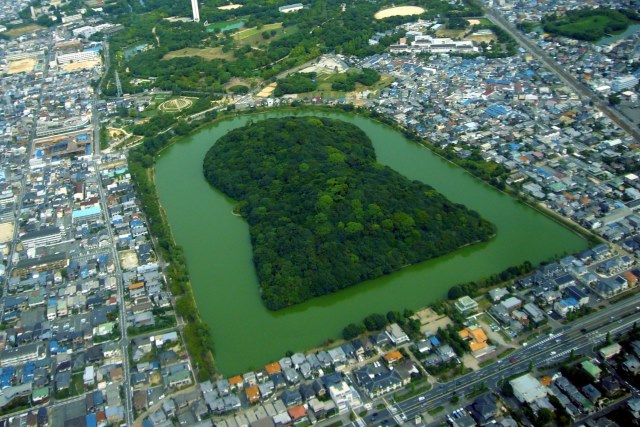
2.Reviews
Tsutenkaku
A symbolic structure of Osaka, meaning “a tall building reaching the heavens.” Reconstructed in 1956 after a fire, it now offers a 103meterhigh observatory with panoramic views of Osaka. Nearby is the “Shinsekai,” a historic downtown area over 100 years old with the “Janjan Yokocho” alley, home to about 50 eateries. Known for the “Biriken” statue, believed to bring blessings when its foot is stroked, and Fugu lanterns, adding to the Showaera ambiance.
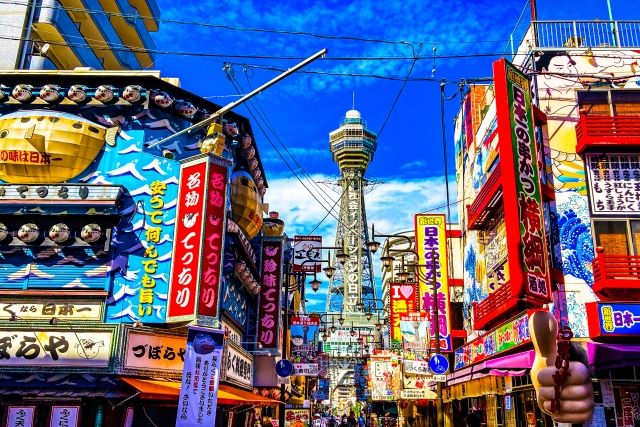
3.Local Food



4.Transportation Information
Access to Kansai International Airport
Kansai International Airport Official Website (English, Korean, Simplified Chinese, Traditional Chinese)
https://www.kansaiairport.or.jp/
Access to Osaka International Airport
Itami Airport Official Website (English, Korean, Simplified Chinese, Traditional Chinese)
https://www.osakaairport.co.jp/
Directions to Each Tourist Spot
Osaka Tourism Bureau Official Website (English, Korean, Simplified Chinese, Traditional Chinese, Thai)
https://osakainfo.jp/
5.Map Information
